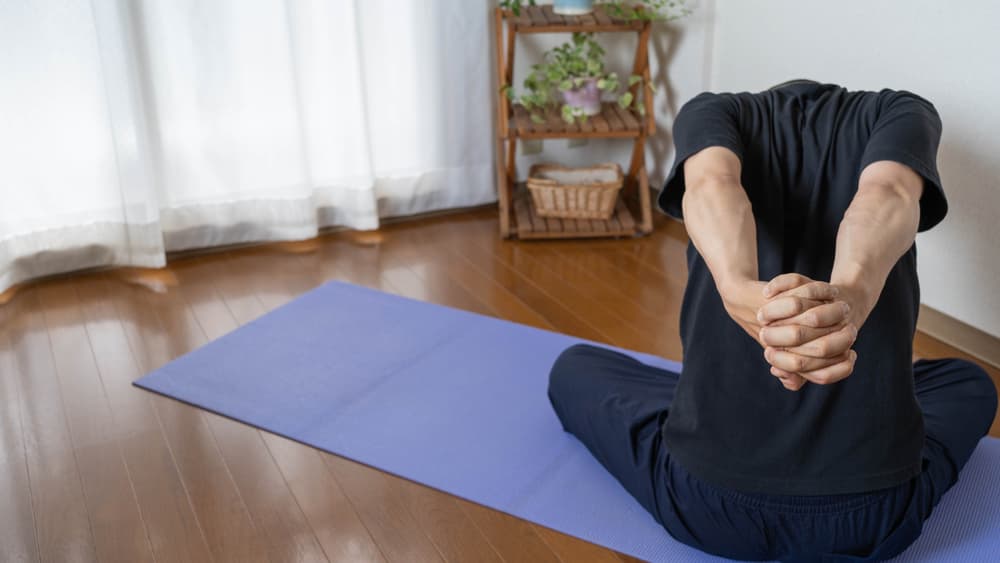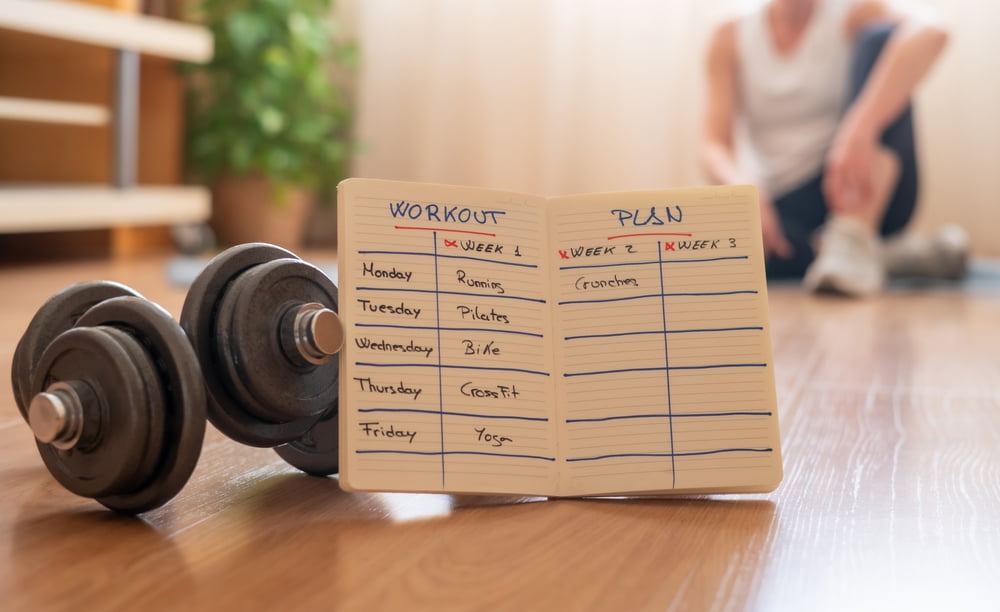How to start a fitness routine after a long break
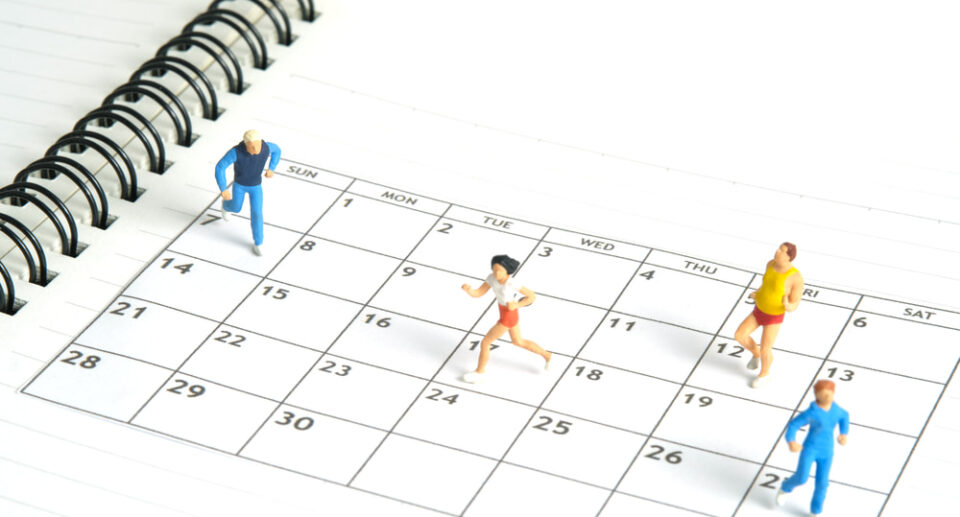

Exercising after a long pause can seem a lot. Embarking on the idea of starting once more might appear to be an act so tough that you might find it too daunting, you would prefer to stay a time away from it or even shut your door on it. Except that you will be able to recover quite quickly and that will be hassle-free if you just use a few tips by the side.
The key is to take it slow and remain steady while accomplishing your daily tasks. Learn medically assisted workouts that can help you in your way to having a healthy lifestyle. In this article, everything is made easy, starting from motivating yourself to work out to creating a workout program that would suit your everyday activities.
Finally, you will possess a game plan that was both efficient and realistic to support you wherever, you feel like being away.
Why It’s Hard to Get Back into Fitness and How to Overcome It


After a long break, feeling hesitant about returning to exercise is normal. You might be wondering:
- What if I’ve lost all my strength?
- How do I avoid injury while getting back into shape?
- Can I rebuild my fitness at this point in life?
The answer to these questions is yes, but you’ll need to approach your comeback with a plan. Here’s what often holds people back and how to push through it:
Common Barriers to Returning to Fitness
- Fear of injury – You might worry about overdoing it and hurting yourself.
- Loss of confidence – It’s easy to feel discouraged when your fitness level isn’t where it used to be.
- Lack of time – Finding time can be tough with work, family, and other commitments.
Solutions
- Start small: Commence by merely 10-15 minutes of movement per day.
- Set realistic goals: Find the progress, not perfect.
- Build consistency first: Even a short workout is a win if it becomes a habit.
How to Start a Fitness Routine After a Long Break


The key to success is a gradual, intentional approach. Here’s a step-by-step guide to help you get started:
1. Set Clear, Achievable Fitness Goals
It’s crucial to define what you want to achieve. Do you want to lose weight, improve strength, boost energy, or move more? Be specific, and break your goal into smaller, manageable steps.
Examples of achievable goals:
- Walk for 20 minutes, 3 times a week for the first month.
- Do a 10-minute bodyweight workout every morning.
- Lose 5 pounds in 8 weeks through exercise and healthy eating.
2. Choose the Right Workout Routine


No two exercises are made equal, especially without the normal amount of exercise. Stay active with low-impact and easy workouts that will boost your strength and flexibility without dragging you out.
Recommended workout types:
- Bodyweight exercises – Push-ups, squats, lunges, and planks to build strength.
- Cardio activities – Walking, cycling, or swimming to boost endurance.
- Stretching and mobility – Yoga or dynamic stretching improves flexibility and prevents injury.
Beginner Workout Routine for Your First Month
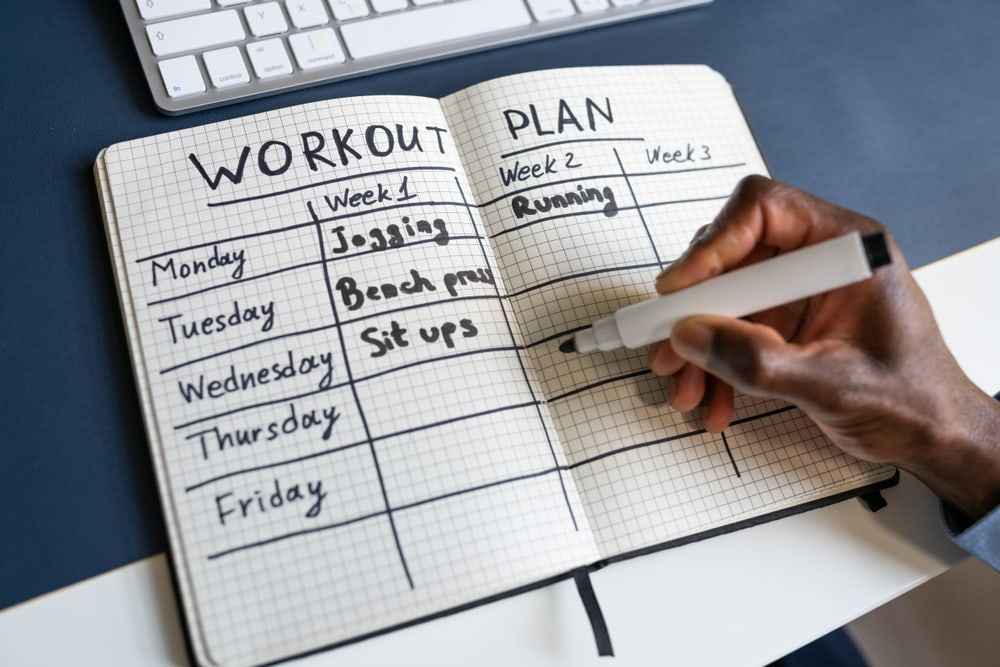

Here’s a simple, balanced routine to get you started:
Day 1: Full-body bodyweight workout (10-15 minutes)
- 10 squats
- 10 push-ups (or modified push-ups)
- 20-second plank hold
- Rest and repeat 2-3 times
Day 2: 20-minute walk or light cardio exercise
Day 3: Active rest (stretching or yoga)
Day 4: Repeat full-body workout
Day 5: 20-minute walk or light cardio
Day 6: Active rest
Day 7: Rest
Building Consistency and Motivation
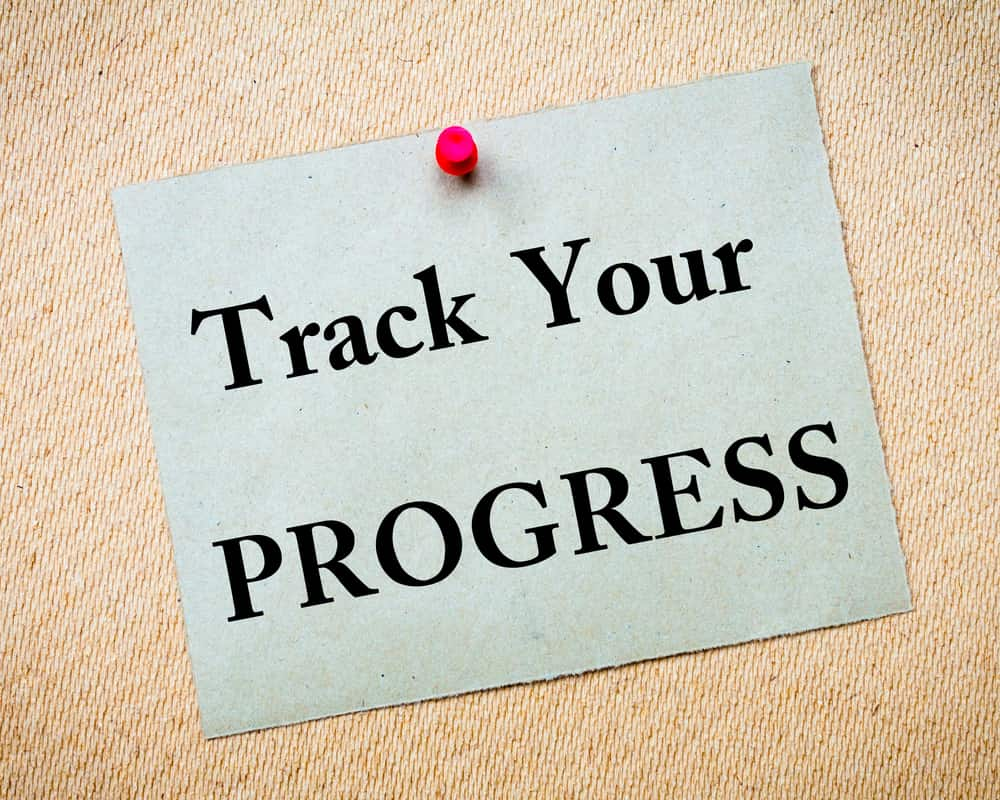

Motivation can be tricky, especially when you’re just starting. The secret is to focus on building discipline and habits, not relying on bursts of inspiration.
How to Stay Motivated:
- Track your progress – Keep a journal or use an app to log your workouts.
- Find an accountability partner – Work with a friend or join a fitness group.
- Celebrate small wins – Each advance is a win. You deserve it!
Inspiring Success Stories: How Three People Got Back into Fitness
Getting back into fitness isn’t always easy, but it’s possible with a little dedication and the right plan. Here are three inspiring stories of individuals who started slow, stayed consistent, and achieved their fitness goals.
1. Jake’s Journey Back to Strength
At 38, Jake’s busy life as an entrepreneur left little time for fitness. After a two-year break, he felt tired and out of shape. Determined to rebuild his strength, he started with 10-minute bodyweight exercises like squats, push-ups, and planks. Over time, Jake increased the intensity and duration of his workouts. Six months later, he had shed 15 pounds and regained his energy, becoming stronger and more confident than ever.
2. Anna’s Postpartum Weight Loss
Anna, a mother of two, struggled to prioritize her health after her second child. She decided to take small steps—starting with a daily 30-minute walk and adding light strength exercises twice a week. Staying consistent, Anna lost 25 pounds in a year and discovered the joy of moving again. More importantly, she built a sustainable fitness routine for her busy life.
3. David’s Recovery from Injury
David, a former athlete, had taken a long break from fitness after a knee injury. He began his comeback with gentle mobility exercises and physical therapy. Slowly, he added strength training and low-impact cardio to his routine. With patience and consistency, David recovered and surpassed his previous fitness level, feeling healthier and stronger.
These stories show that no matter how long your break has been, it’s never too late to start again. Small steps lead to big results—just start where you are.
Take the First Step and Build a Healthier You


Starting a fitness routine after a long break can feel daunting, but it’s possible with the right mindset and a simple, realistic approach. Whether it’s been a few months or several years since your last workout, your body is ready to move again—you just need to take that first step.
One of the most important things to remember is progress, not perfection. It’s okay to start small and slow. A 10-minute walk or a few bodyweight exercises might not seem like much, but consistency matters. Every small victory adds up and strengthens not just your body but also your confidence.
Set clear goals that inspire you. Do you want to lose weight, regain strength, or improve your mood and energy levels? Define what success looks like for you and celebrate every step toward it. Don’t worry if you face setbacks; they’re part of the process. The key is to keep moving forward, even when motivation is low.
To be successful, one has to have a well-rounded workout plan. Begin with easy workouts and progressively to serious ones. Let your body rest when it indicates and you do not have anything to rush for; to help recover as well. Recovery is equally crucial along with and workouts to reduce your chance of injuries and make your body feel great. Combine this with a balanced nutritional plan and eight hours of sleep, and you might just find yourself living a healthy life. ”
For the majority of people, starting is the biggest obstacle. It could surround you with motivation by working towards your goals, attending fitness sessions with your friends, or recently joining groups with people who spark your interest in the same field.
Regardless of your age or fitness level, you can always start your fitness progress over again. The journey will be rough but the health benefits will be worth it, such as better health, more energy, and self-assurance that will increase even more. So begin the process now. You will thank you later. You are powerful, and both of your statements are places to start.




